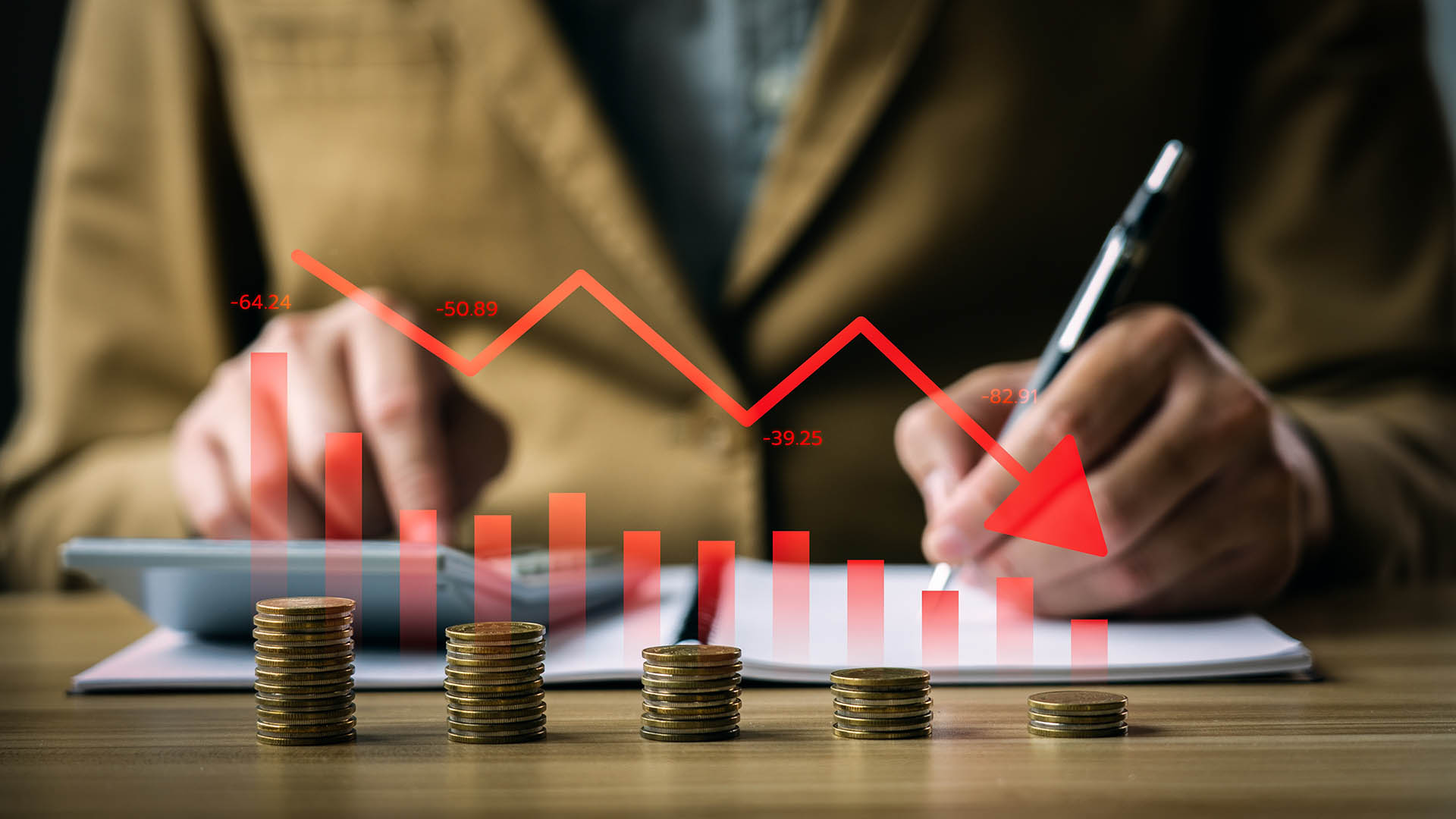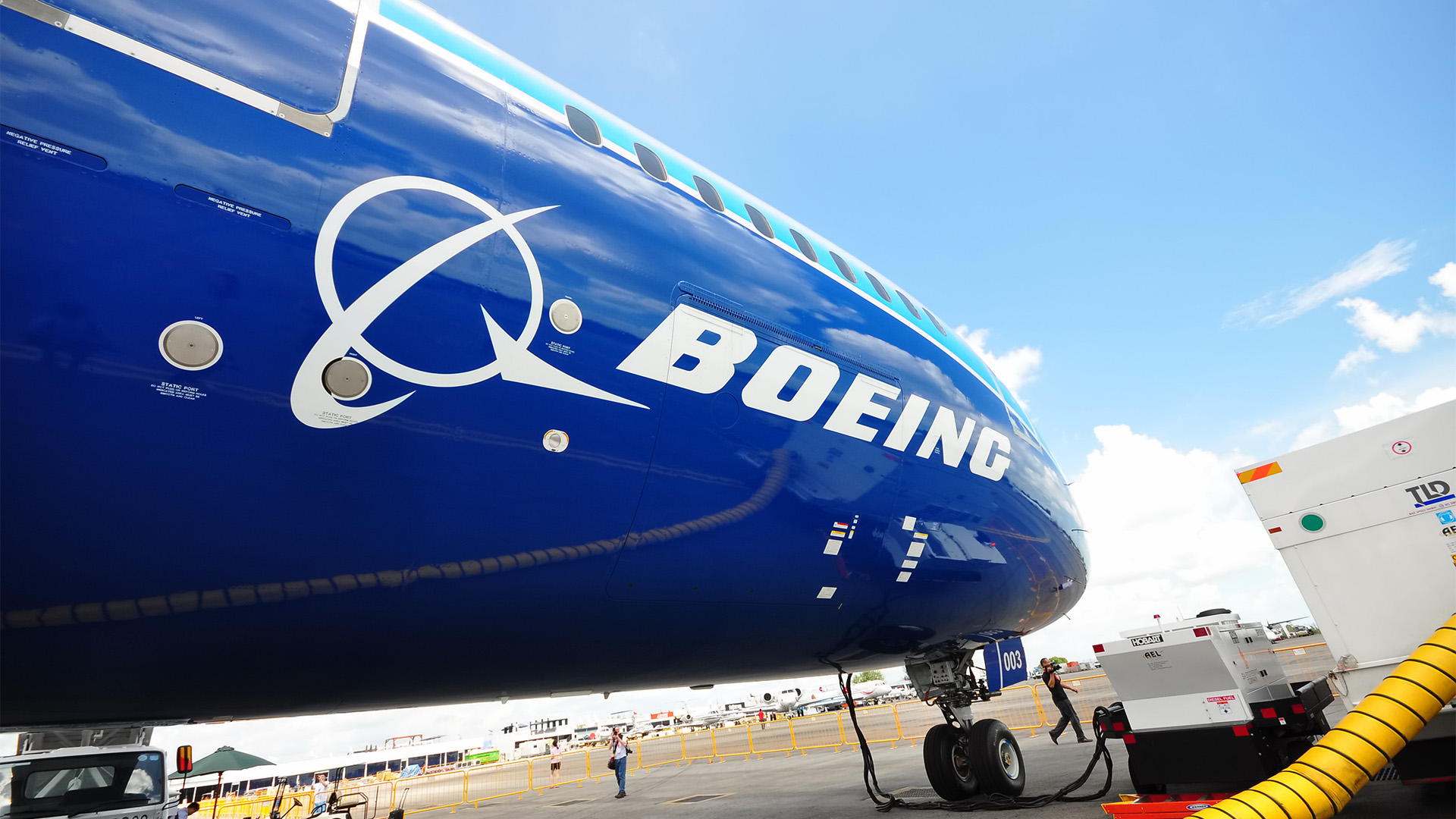Inflation eased in March in China and the US in a glimpse of the impact the COVID-19 pandemic and the slump in oil prices are having on the world’s two biggest economies.
US headline consumer inflation fell 0.4% last month thanks to a plunge in oil prices and record falls in airline and accommodation costs.
China’s CPI eased a touch (they are still high because of high pork prices) but the deflation evident in producer prices deepened sharply last month thanks to the lingering impact of the COVID-19 pandemic, the closedown of much of the country and the sluggish re-opening.
The fall in US inflation got some noisy economists chattering about deflation – one month’s fall doesn’t make a deflationary trend – three would.
The 0.4% fall in March came after a 0.1% rise in February (which was unchanged from January) and saw the annual rate of growth slow to 1.5% from 2.3% the month before. February’s annual rate was the slowest since February 2019.
The core rate in March fell 0.1% in the first monthly fall since January 2010. That was after a rise of 0.1% in February.
The US Labor Department said a sharp fall in the gasoline index “was a major cause of the monthly decrease in the seasonally adjusted all items index, with decreases in the indexes for airline fares, lodging away from home, and apparel also contributing.”
The energy index fell 5.8% as the gasoline index slumped 10.5%. The food index rose in March, increasing 0.3 percent as the food at home index rose 0.5 percent.
The department said there were record decreases in hotel accommodation, apparel and airline ticket prices in March caused by the lock down and closing of millions of businesses.
Meanwhile China’s factory gate prices fell the most in five months in March, as deflation deepened and looks set to worsen in coming months as the economic damage wrought by the coronavirus pandemic shuts down many countries.
Economists say that Friday’s inflation data from the National Bureau of Statistics suggests a durable recovery was some way off, with China’s producer price index (PPI) falling 1.5% from a year earlier, the biggest decline since October last year. It compared with a 0.4% drop in February.
The oil and gas extraction sector saw the biggest year-on-year fall in prices of 21.7% in the survey, down sharply from the 0.4% fall in the previous month
China’s consumer prices rose 4.3% from a year earlier in March, down sharply from the 5.2% increase in February when much of the country was under shutdown.
But food prices again rose last month to be up more than 18% from a year earlier, led by a 116.4% jump in pork prices. That rise was due to the impact of the African swine fever outbreak which has seen millions of China’s pigs killed to control the disease.
The fear now is that the COVID-pandemic will keep food prices higher than they should be because of continuing transport and supply problems, especially into the country’s major urban areas.
A note of warning about the US CPI report – the Labor Department warned that it was not a complete survey because of the impact of the COVID pandemic and lockdowns.
The Department said that widespread business closures affected March’s CPI report, with in-store data collection suspended on March 16. It said data collection last month was also impacted “by the temporary closing or limited operations of certain types of establishments,” leading to “an increase in the number of prices being considered temporarily unavailable and imputed.”
That will be an ongoing problem for the US, Australia, NZ, UK, Japan and many other advanced economies.













